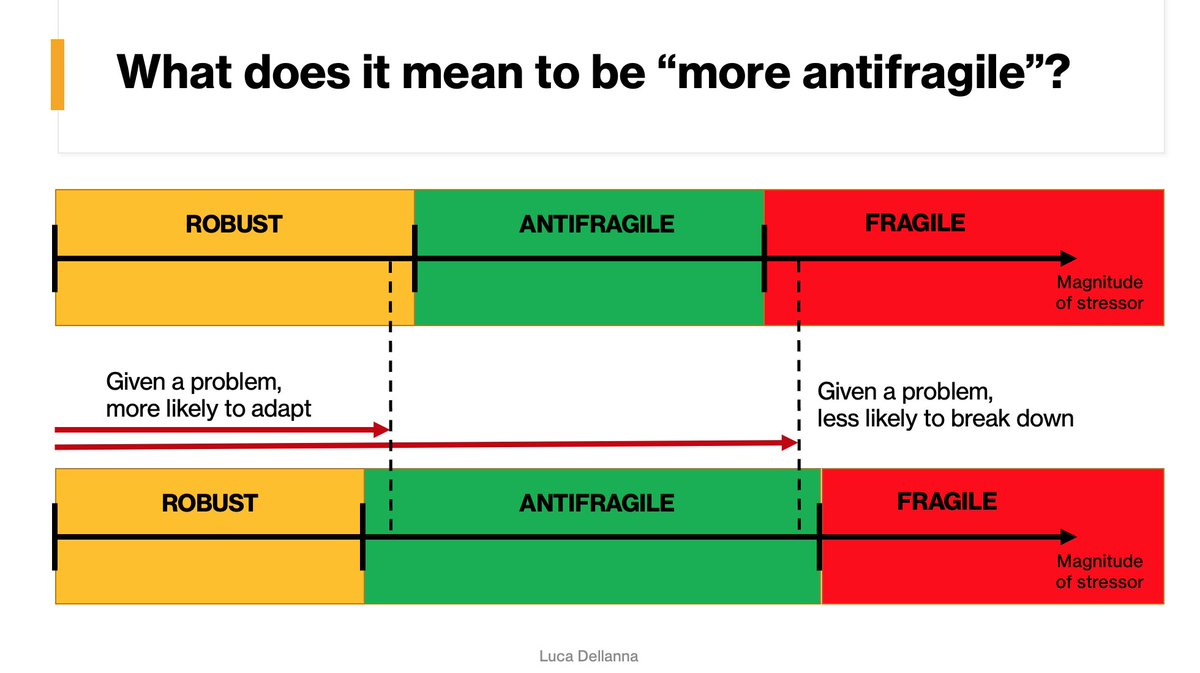
Want to help with the vaccinations?
Make a FAQ on the risks of COVID vaccines that clearly answers:
- risks & unknowns for a teenager
- …for a 30 yo
- …for ladies planning a pregnancy
- how we know that
without:
- politics
- morals
- pushing benefits
- over-technical language
Make a FAQ on the risks of COVID vaccines that clearly answers:
- risks & unknowns for a teenager
- …for a 30 yo
- …for ladies planning a pregnancy
- how we know that
without:
- politics
- morals
- pushing benefits
- over-technical language
(Is there any? I couldn't find one.)
Things that many people hesitant about the vaccination DON'T care about:
- how mRNA works
- how safe doctors think it is
- if the average person is better off vaccinating
Things they want to know:
- short- and long-term risks
- how probable for people like them
- how do we know
- how mRNA works
- how safe doctors think it is
- if the average person is better off vaccinating
Things they want to know:
- short- and long-term risks
- how probable for people like them
- how do we know
There's no-vaxxers and there's I-don't-know-vaxxers.
The former are ideological; the latter are data-driven (but reject claims to authority and generic data that might apply to population segments that are not theirs) and is waiting for clear data that applies to their case.
The former are ideological; the latter are data-driven (but reject claims to authority and generic data that might apply to population segments that are not theirs) and is waiting for clear data that applies to their case.
• • •
Missing some Tweet in this thread? You can try to
force a refresh







